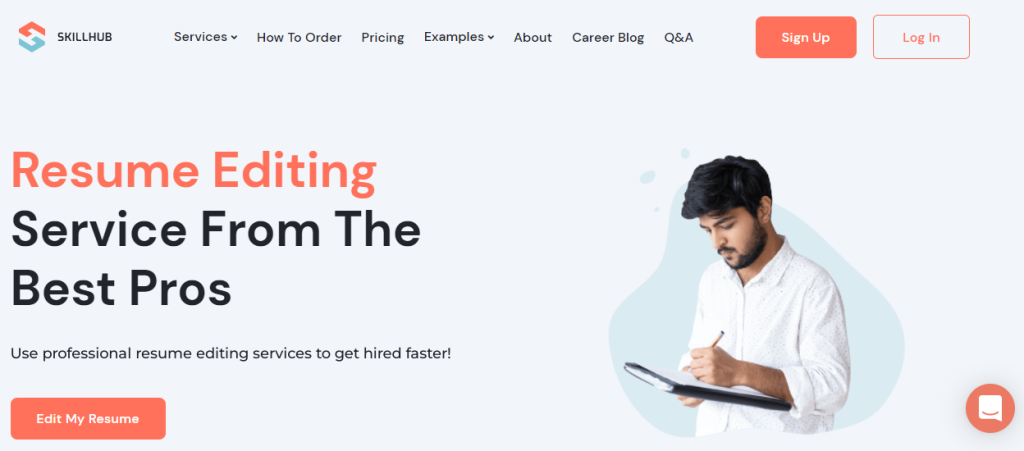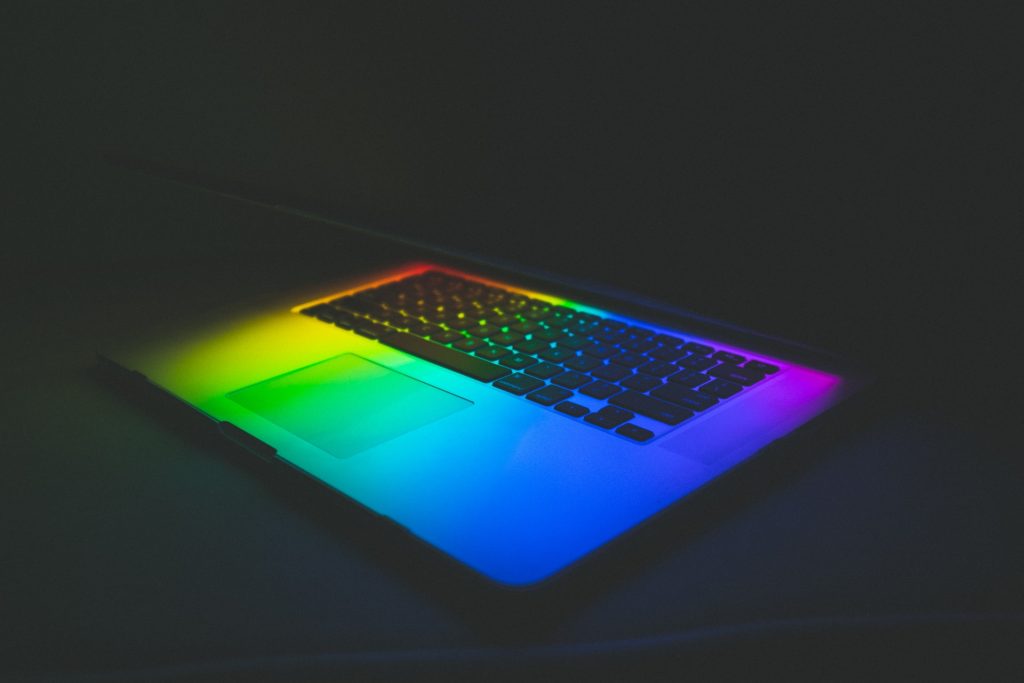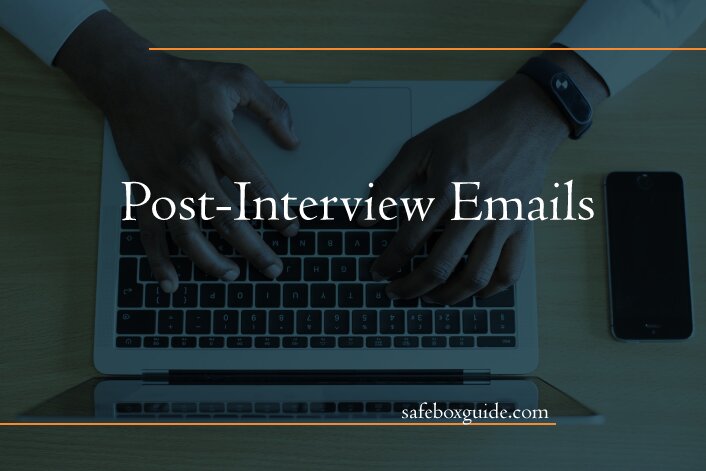Post-interview emails are kind of like a strategy tool. Have you won the battle? It’s time to win the war. For candidates who are driven to succeed in a job position, a follow-up email can be a helpful tool to win recruiters over to your side.
In this article, we’ll be discussing the apparent benefits of these emails, the appropriate time to send them, and lastly, some information on the different types of follow-up emails, so stick around. This will especially be helpful to those who have just gotten out of a job interview.
For the job-seekers out there, we’ve got a deal for you. Listen, competition is tough in the job market, and that’s all the more reason why you should have a bot-beating resume to pass through all those ATS bots and ATS systems.
Resume edit service like https://skillhub.com/resume-editing can craft a winning resume out of yours. Their seasoned experts know exactly how to highlight your accomplishments and make you stand out from the sea of applications.

Moving on, here’s our article:
Contents
The Benefits of Post-Interview Emails
Communicating with recruiters during every crucial step of the hiring process lets them see that a professional is motivated and grateful for the job opportunity.
An applicant can increase their chances of landing the position by tactfully remaining communicative and executing communication. It’s as simple as that.
Post-interview emails can show recruiters that an applicant is enthusiastic and has good communication and listening skills. More info you can find at jobhero review.
It also helps make an applicant stand out from their competitors since they’ll become memorable to the recruiters because of the email interactions.

The Right Time to Send Them
Okay, we understand the excitement that comes with landing a new chapter in life, career, or otherwise. But don’t, for the love of all, send a post-interview email right after the interview. It’s just in bad taste.
Candidates will need to take some time to structure their email, make sure the content of their writing is high-quality, and then send it.
It’s best to send a follow-up email within 24 hours after the interview, but again, not right away. Let a few hours pass by. Extra time can give more transparency and clarity on what you want to write and convey through email in the first place.
There’s a high probability that employers would be put off by too frequent and fast follow-up emails.
Different Examples of Post-Interview Emails
1. Extensive Post-Interview Emails
For job-seekers who want to become the next hire, standing out from all the other applications vouching for the role is essential. That’s where a detailed and extensive follow-up email can help a candidate become more attractive.
So, what’s in a long post-interview letter?
- First: A clear, concise, and catchy subject line.
- Main body: The first paragraph can express gratitude for the job opportunity and interviews.
- Main body: The second paragraph can talk about an applicant’s personal goals and experiences, which can be correlated with why they want to work for the company.
- Main body: The third and last paragraph can serve to promote the candidate and what makes them the best choice out of all their competitors
- Last: Close it with a signature.

2. Additional Follow-up Email
You can send an additional follow-up email for candidates who haven’t had a response after a week or so. It’s normal to stress about a no reply, especially right after an interview.
For this type of email, be transparent about knowing how the hiring process is going and thank them in advance for getting back to you.
The hiring process and the time it takes for employers to choose the right hire that fits their demands can vary for every company, so best not to over-stress and worry about it. Just be patient; they should get back to you soon.
3. Keeping in Touch Email
Sometimes, a candidate just won’t get the position, even if the hiring process was looking bright for them at the start. Life has its obstacles. But stay smart. Candidates don’t have to cut all strings with a company they’re interested in.
They can keep in touch online with the recruiters. A ‘keep in touch’ email serves just this purpose. Here’s what to consider:
- Express your interest in filling up future positions in the company. Remind them what aligns you with the company.
- Propose to have a video call or an in-person meeting (depending on your circumstances).
- Send the email to a hiring manager.

The benefit of staying in contact with hiring managers or recruiters for certain companies is that you can always revisit them shortly to see if they might give you a chance at another position. And, of course, networking and establishing organic professional relationships will never do anyone wrong.
It’s okay to feel discouraged about not getting a job, and anyone would. Let the feelings of disappointment pass in their natural course, but don’t give up altogether. For candidates who can bounce back from rejection — you know the world is your oyster.
Final Thoughts ++
Post-interview emails can be beneficial because candidates can engage recruiters with their enthusiasm to land a job position.
Moreover, it establishes a bond through communication and helps clear things up. Job-seekers only need to remember the points given out in this article so that they can effectively tactfully use follow-up emails. We hope this article has helped, and like always, we wish you a happy hunt.

